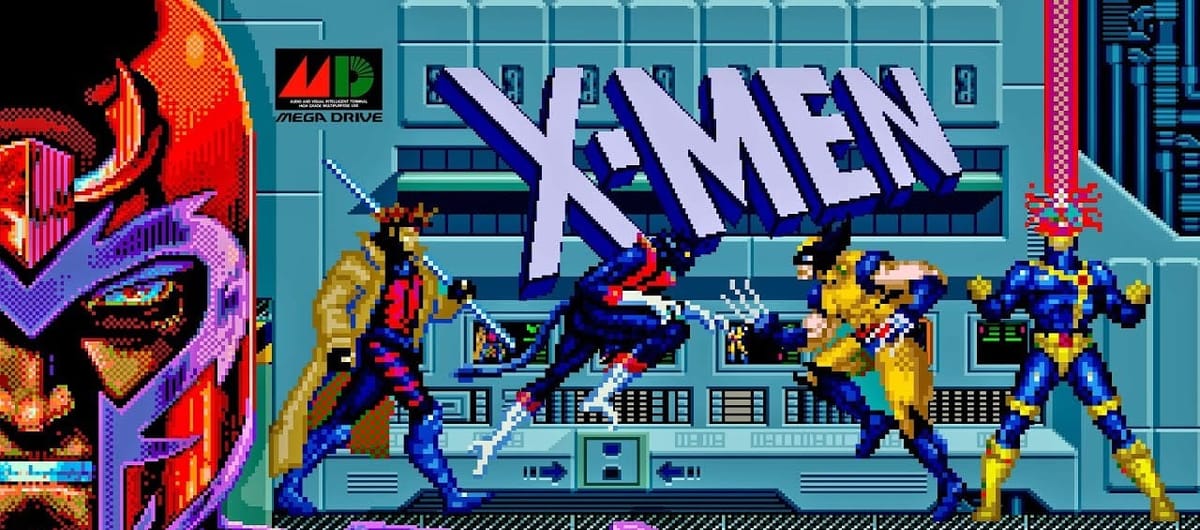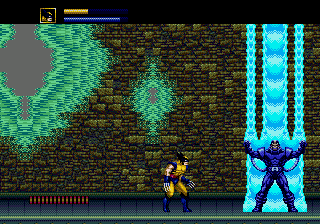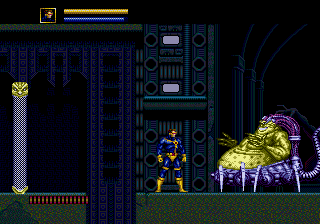The Magic of Breaking the Fourth Wall in Retro Gaming: A Look Back at Sega Genesis’ X-Men
Reset the system, break free, and save the X-Men universe!

When 16-bit graphics ruled and gaming narratives were simpler, developers found creative ways to leave a lasting impression.
One of the most memorable tricks in the retro gaming playbook is breaking the fourth wall.
It’s a technique where the game transcends its virtual confines, acknowledging the player’s presence or even the hardware itself.
And few games did it as brilliantly as the 1993 classic, X-Men on the Sega Genesis/Megadrive.
The Moment That Made Players Reset Their Consoles
Imagine the scene: you’re deep into the game, navigating the treacherous Mojoverse. Suddenly, a countdown begins, and a message appears instructing you to "reset the computer" to avoid a grim fate.
You defeat enemies, destroy machines, and yet, the timer still ticks away.
Panic sets in as you realise the game’s cryptic instructions might be literal. In a moment of desperation, you do the unthinkable—you reach for the Sega Genesis console and hit the reset button.
And then, to your shock and amazement, it works!
The game doesn’t restart from the beginning as you feared. Instead, it continues right where you left off, whisking you to the next level.
This ingenious move by the developers blurred the line between game and reality, making the player’s physical interaction with the console a key part of the experience.
Why This Works (and Why We Love It)
Breaking the fourth wall in gaming, especially in such a direct way, is a bold move. It’s a gamble that could easily backfire if players don’t get the hint.
But when it works, it forges an unforgettable bond between the player and the game.
In the case of X-Men on Sega Genesis, it wasn’t just about completing a level; it was about solving a puzzle that extended beyond the game’s screen, into the very hardware it ran on.

This kind of interaction feels like a secret between the player and the game, a shared moment of trust that cements the experience in memory.
Such moments feel revolutionary even today, and to think they were pulled off on the humble Sega Genesis makes them all the more impressive.
It’s a testament to the creativity of developers who worked with limited technology but limitless imagination.
The Legacy of Fourth Wall Breaks in Gaming
The success of such moments in early games paved the way for more complex and meta-narratives in modern gaming.
Today, breaking the fourth wall is a well-established narrative device, seen in titles like Metal Gear Solid, Undertale, and The Stanley Parable.
Each of these games, in its way, acknowledges the player’s role in the gaming experience, creating a richer and more immersive world.
But there’s something uniquely charming about those early attempts on 16-bit hardware.
They remind us of a time when games were simpler, and those rare moments of innovation stood out all the more.

They weren’t just about beating the game; they were about being part of an experience that felt bigger than the sum of its pixels.
Conclusion: A Nod to Nostalgia and Creativity
As we look back at the moments that defined retro gaming, the X-Men reset trick stands as a shining example of innovation and player engagement.
It reminds us why we fell in love with gaming in the first place: not just for the challenge or the story, but for those magical moments of surprise and delight.
Here’s to the games that dared to be different and to the developers who knew that sometimes, the best way to move forward is to hit reset.





